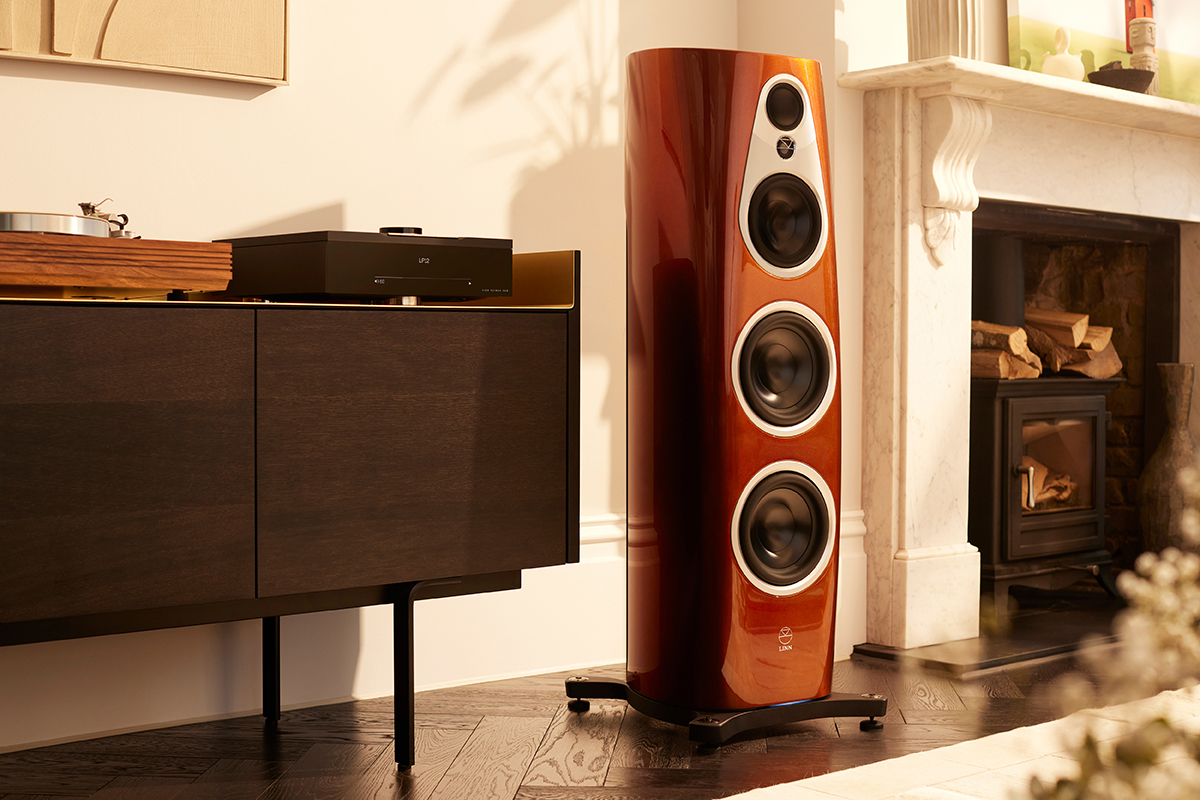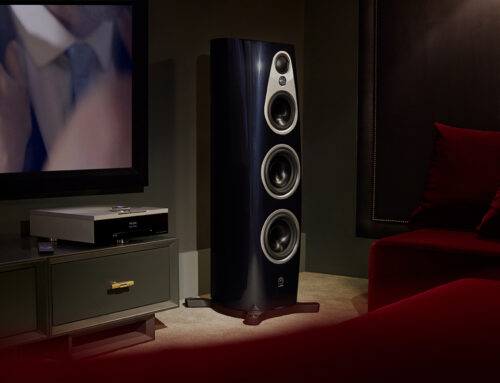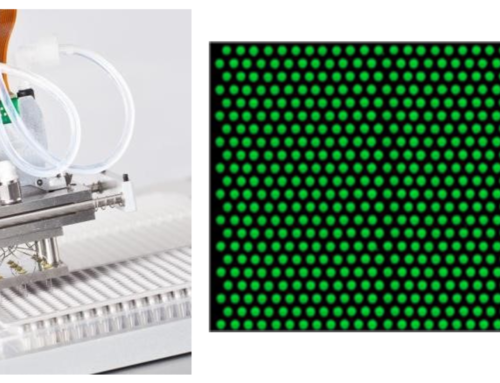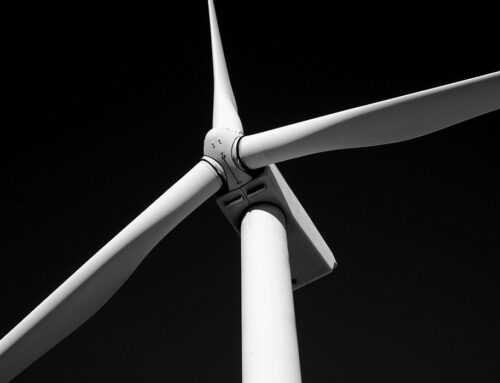
The Challenge: Keeping High-End Electronics Cool
Linn design and manufacture audio systems that are among the highest performing in the world. The audio fidelity of Linn’s systems can reproduce everything from quiet whispers to throbbing bases without distortion. This incredible fidelity depends on extremely well-designed electrical components which are very sensitive to temperature changes. A critical component of high-end audio that makes all this possible is cooling structures that help keep the temperatures within the speakers and amplifiers at a constant level. A lot of time and effort is spent designing these cooling structures. The use of simulation can greatly accelerate this design phase.
What We Did: Fin Design Optimisation
Fans are commonly used to cool electronics, but they are noisy and are therefore avoided when it comes to high-end audio. Instead, passive systems are preferred which draw air much, like a chimney, over aluminium fins that exchange the heat from the amplifier to the air. The effectiveness of these passive cooling system is very dependent on the shape of the aluminium fins.
Historically, the fins were designed by an engineer experimenting with different shapes and seeing what happens. Machining and testing a lot of different shaped fins was very time consuming and expensive. To avoid building prototypes and the related waste, Linn chose to design their cooling system using computer simulations. Xi’s expertise in Multiphysics modelling was required to be able to simulate the extremely complex relationships between air flow, temperature, fluid-viscosity and heat transfer.
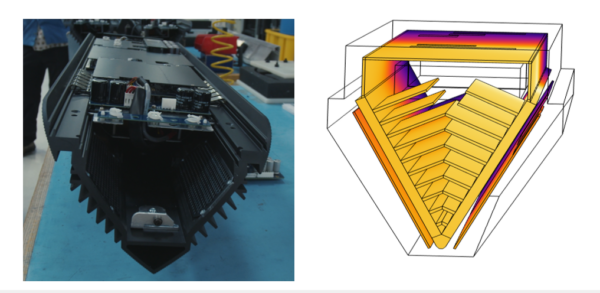
Client Benefit: Simulation Bore Fruit Immediately
The simulations have allowed Linn to virtually test many different cooling system configurations and optimise their design. Iterative design using Xi’s simulation has allowed rapid progress and the results of design changes can be assessed immediately. Most importantly, the endless cycle of the trial-and-error testing of physical prototypes has been avoided allowing Linn engineers to focus of performance and aesthetics.
Another benefit of the simulation approach is that internal thermal structures of the system that are otherwise hard, or impossible, to measure experimentally can easily be examined in a computer simulation providing additional insights that can inform better design.
Skill Set Used
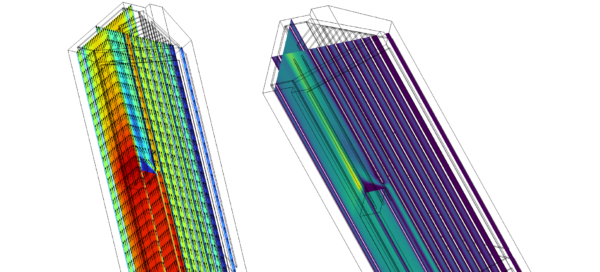
- Computational fluid dynamics (CFD)
- Modelling thermal structures
- Multiphysics coupling using COMSOL Multiphysics
- Design optimisation
- Cloud-computing
A Shared Commitment to Excellence
Both Xi Engineering Consultants and Linn share a commitment to excellence and innovation. This partnership was built on a foundation of shared values and a dedication to advancing technology in the hi-fi industry. Our collaborative efforts ensure that Linn’s products remain at the forefront of audio engineering. Xi Engineering Consultants provide advanced engineering solutions through Simulation, Data Analysis, and Advanced Measurements. We also specialise in Digital Twins and Machine Learning. Our expertise helps clients accelerate product development, optimise performance, and achieve engineering excellence.
What Linn Says About the Collaboration With Xi Engineering Consultants.
“Simulation allows us to rapidly progress through the development process, giving us more time to work on the performance of our products,” says Phil Budd, Mechanical & Acoustics Team Leader at Linn. This sentiment reflects the core of our collaboration, where advanced simulation techniques accelerate product development, ensuring unparalleled audio quality and reliability.
“Both Linn and Xi Engineering Consultants have a similar engineering ethos: it’s about pursuing excellence.” Phil Budd, Mechanical & Acoustics Team Leader, Linn.
Collaboration Story
Learn more about this project and the collaboration between Linn and Xi Engineering Consultants in our video:
